Meet The Tiny Animals That Prove Size Isn’t Everything In Nature
Most people picture elephants, whales, or lions when they think of impressive animals. Big creatures capture attention easily - they crash through forests, leap across savannas, and rule the oceans.
But there’s another side to the animal world that rarely gets the spotlight. Far away from giant footprints and powerful jaws, there is a universe of creatures so small they could fit on your fingertip, hide inside a raindrop, or go completely unnoticed unless you know where to look.
These tiny animals might not take up much room, but they have just as much character, mystery, and survival skills as any giant roaming the planet. Once you start paying attention to the smallest animals on Earth, you realize size has almost nothing to do with strength or success.
Many of these species survive in places where larger animals couldn’t manage for a single day. They slip into cracks, move through soil like it's a wide-open highway, and live in spaces that would feel like impossible puzzle boxes to anything bigger. In the world of small animals, survival doesn’t come from brute force. It comes from disappearing, adapting fast, and taking opportunities others overlook.
For example, there are frogs smaller than a fingernail that live deep in the forests of Papua New Guinea. If you placed one on your palm, you’d probably feel it before you managed to clearly see it. They don’t roar or hop around like cartoon frogs; they whisper their presence through tiny chirps and blend perfectly into leaf litter. Their size isn’t a disadvantage. It’s a shield. When predators scan the ground, these frogs practically vanish into the scenery.
Let’s take a closer look at these tiny champions and see which ones earn the title of the smallest animal on the planet.
Bumblebee Bat

Hippocampus Denise
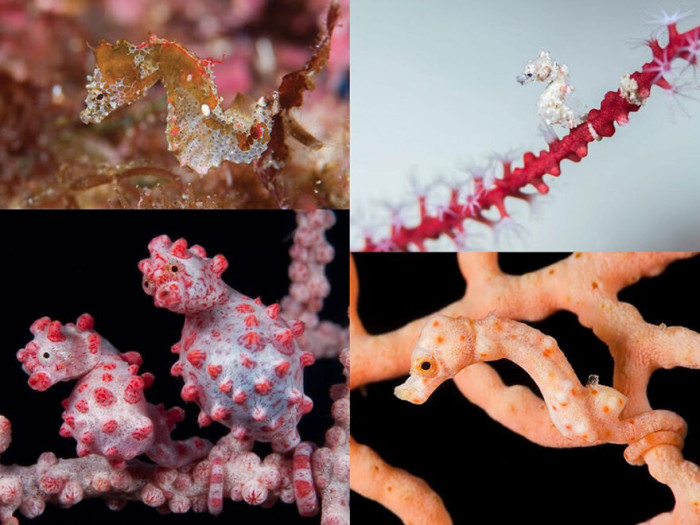
Etruscan Pygmy Shrew

Tiny animals also show that power doesn’t always come from fighting or hunting. Some survive simply by outreproducing their predators. Others freeze themselves to survive winter, dry out completely, then rehydrate and spring back to life, or cling to moss and soil, waiting for the right conditions.
A few species are even strong enough to survive environments that would destroy larger animals, icy mountaintops, salty flats, or steaming tropical floors. They don’t need size to endure. They rely on flexibility, numbers, and pure determination written into their DNA.
Mouse Lemur

Pygmy Marmoset
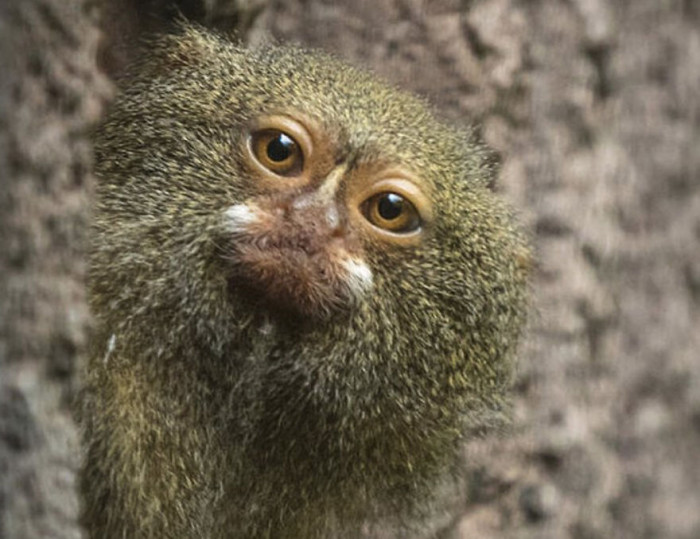
Brookesia Nana
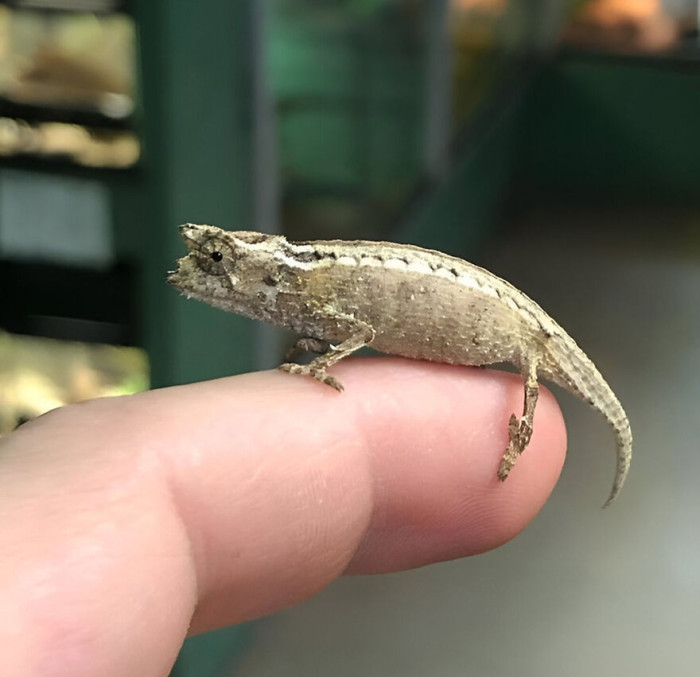
The Royal Antelope
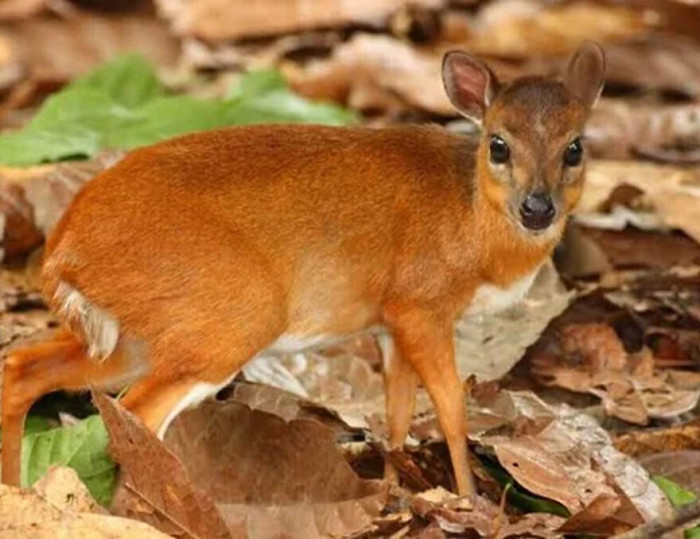
Paedophryne Amauensis
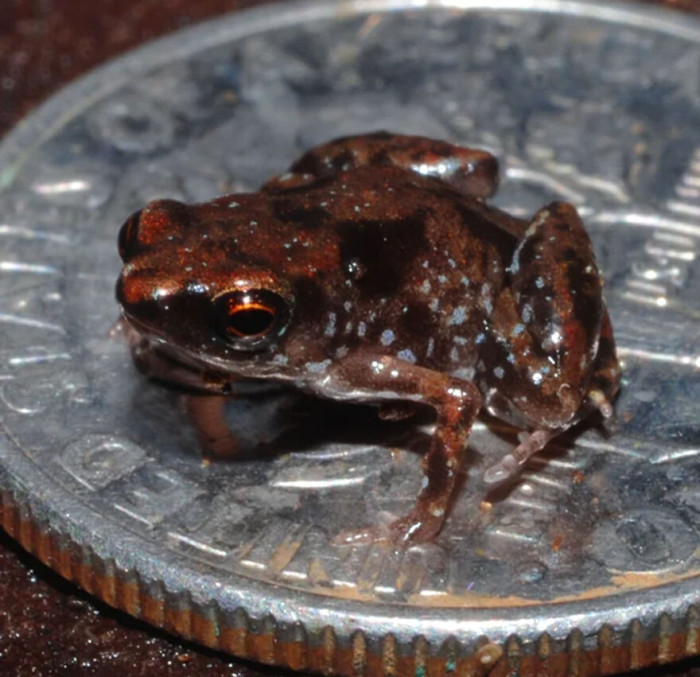
Bee Hummingbird
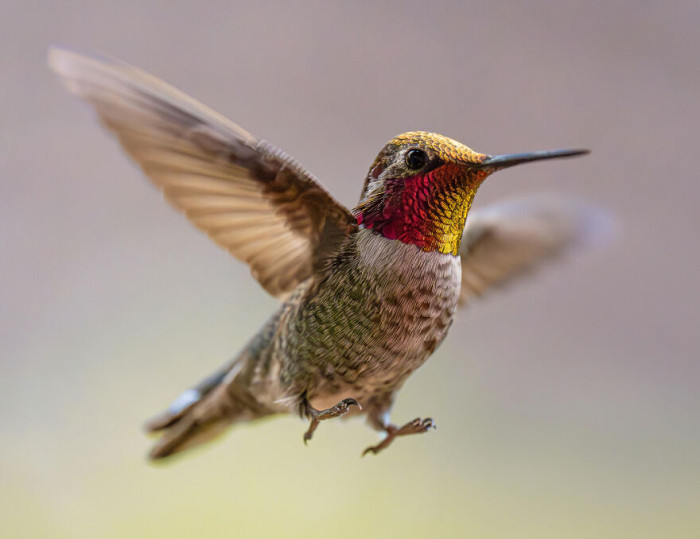
Octopus Wolfi
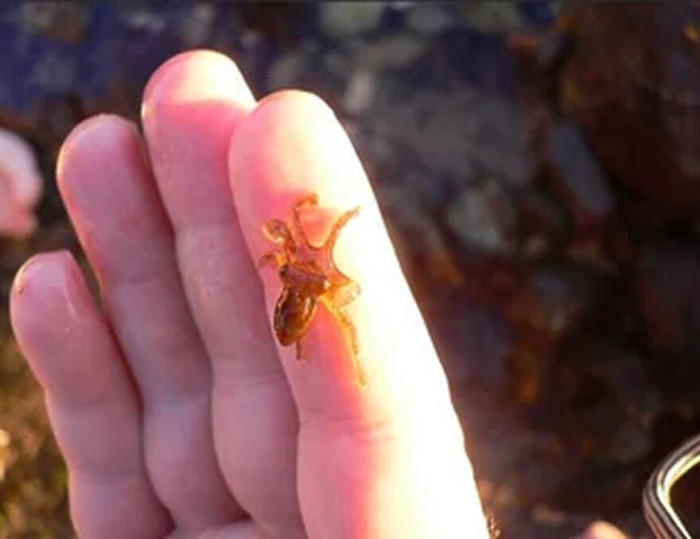
Chersobius Signatus
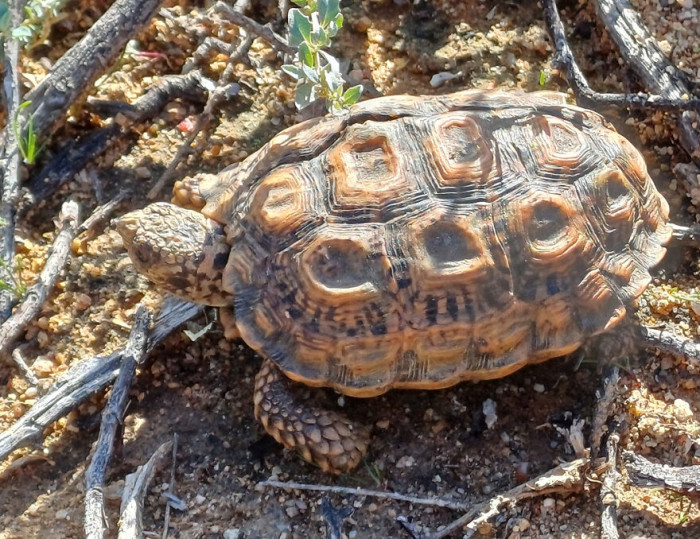
Dicopomorpha Echmepterygis

Myxobolus Shekel

So, when looking for the most remarkable animals on Earth, it’s worth paying attention to the ones you could miss if you blink. Their scale doesn’t make them simple or unimportant.
These mini wonders keep ecosystems running, form the base of food chains, and quietly shape the natural world in ways most people never imagine. The smallest animals aren’t just insects buzzing in the background.
Some belong to groups we usually associate with bigger bodies - mammals, reptiles, frogs, and ocean life - and they prove that nature doesn’t need size to make something fascinating.



